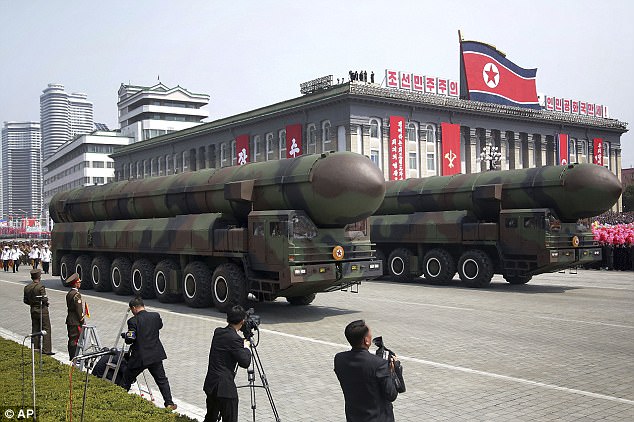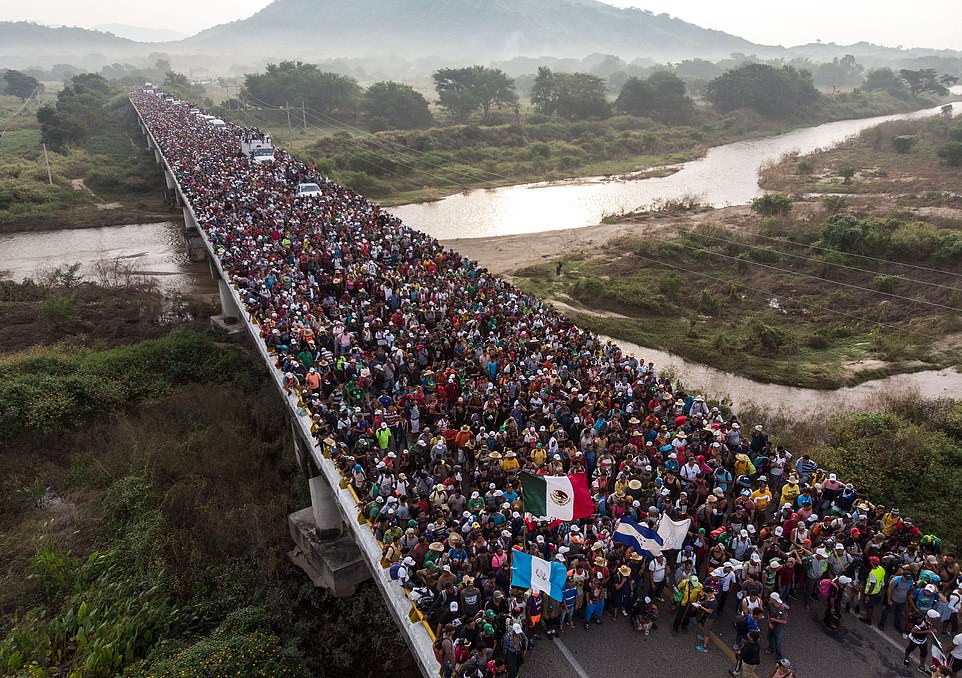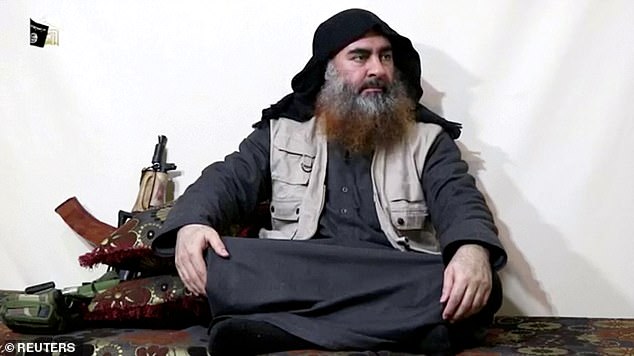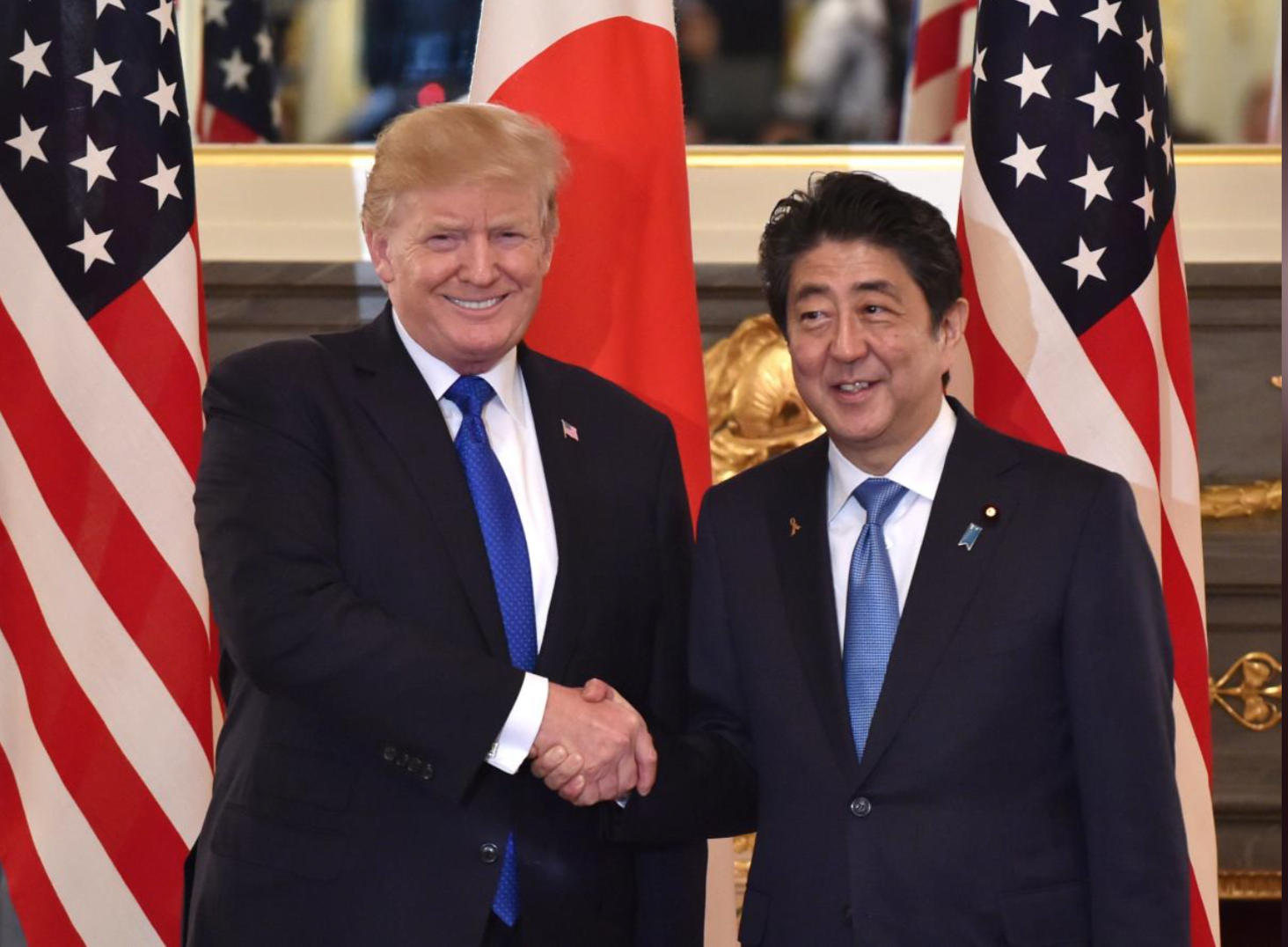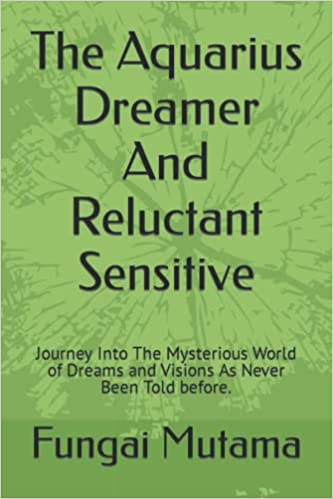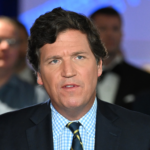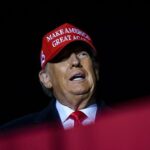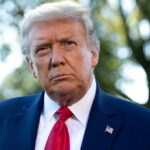North Korea fired another ballistic missile on Sunday morning which landed 60 miles closer to Russia than Japan. The long range ballistic missile is the seventh the rogue nation has tested defying international calls to curb its weapons programs.
A spokesperson in Pyongyang later indicated the long-range ballistic missile it tested can carry a nuclear warhead, an admission that will surely worry the international community amidst growing tensions in the Peninsula. The United Nations Security Council has called for a meeting on Tuesday to discuss the launch.
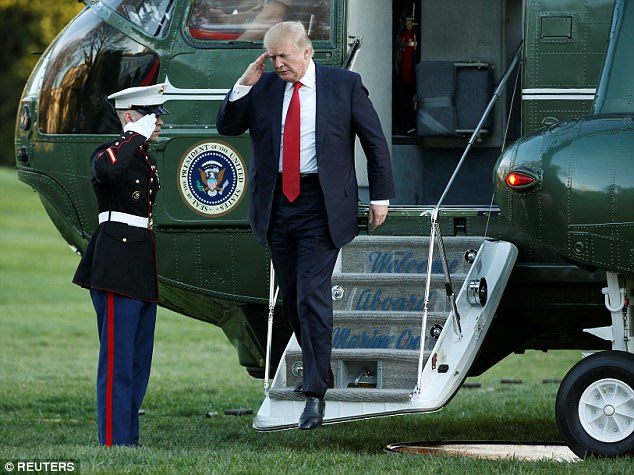
President Trump who has been briefed on the latest launch is expected to pressure world leaders to support the UN Security Council’s sanctions resolution on North Korea. Credit: Reuters
According to a US official speaking on condition of anonymity, the missile which was airborne for 30 minutes flew for 700 km (430 miles) reaching an altitude of more than 2000 km before falling into the sea between Japan and North Korea’s east coast. The missile landed 97 km (60 miles) south of Russia’s Vladivostok region, which may be of concern to Moscow.
The missile that was fired was “not consistent with an international ballistic flew” according to a US military official. It flew higher and further than an intermediate-range missile than the one North Korea successfully tested in February. An intercontinental ballistic missile is considered to have a range of more than 3,700 miles (6,000 km).
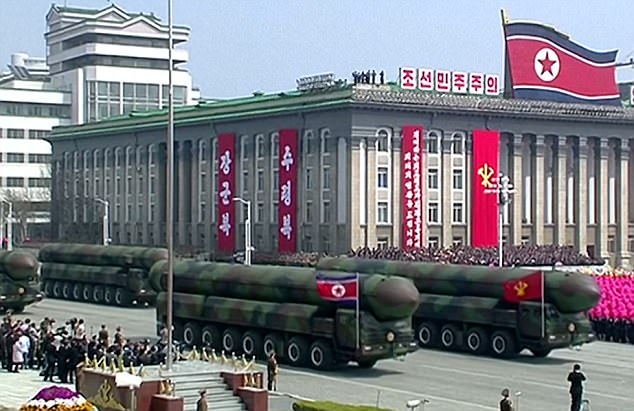
North Korea fired its 7th missile launch and a new type of ICBM it claims can carry a nuclear warhead. Credit: KCNA/Reuters
“You first have to get into Kim Jong-Un’s head, which is, he’s in a state of paranoia, he’s incredibly concerned about anything and everything around him,” said Nikki Haley, the U.S. Ambassador to the United Nations. With talks additional sanctions, she indicated that the U.S. will “continue to tighten the screws” on Pyongyang.
Referring to President Trump, a statement from the White House read, “With the missile impacting so close to Russian soil – in fact, closer to Russia than to Japan – the President cannot imagine that Russia is pleased.”
Analysts believe the launch is a direct message by Pyongyang to China and to South Korea’s newly-elected liberal President Moon Jae-in who has called the launch a “clear violation” of the UN Security Council.
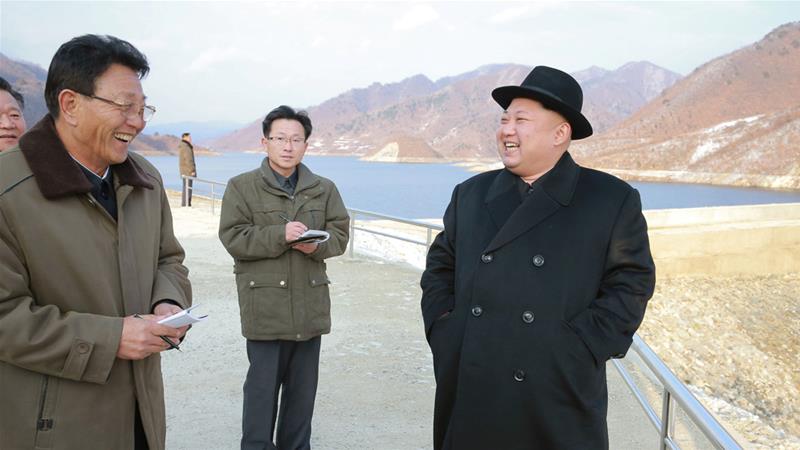
North Korean leader Kim Jong-Un who is reported to be paranoid and worried about everyone around him is accelerating his nuclear program not decreasing. Credit: KCNA via KCNA
The new administration which was elected last Tuesday has indicated an interest for a change in strategy in dealing with its provocative neighbour on the North. Moon, a child of North Korean refugees campaigned on a promise of direct engagement and dialogue, a direct contrast from previous Conservative administrations of the past.
Moon’s Press Secretary told a briefing that, “The President said while South Korea remains open to the possibility of dialogue with North Korea, it is only possible when the North shows a change in attitude.”
Speaking to Reuters in April, President Trump indicated he would be open and “honoured” to meet with Kim Jong-Un under the right circumstances, a statement and suggestion which he was widely condemned for. A top North Korean diplomat responded on Saturday that Pyongyang was open to dialogue with the Trump Administration under the right conditions.
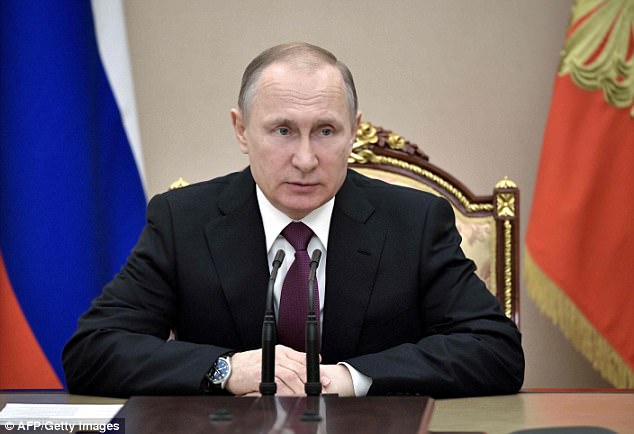
Russian President Vladimir Putin who is in Beijing indicated “mutual concerns” with Chinese President on the North Korea’s 7th missile launch. Credit: AFP/Getty Images
North Korea is believed to be developing an intercontinental missile tipped with a nuclear weapon that is capable of reaching the United States, something which President Trump has vowed never to allow to happen.
Although China released a statement through its foreign ministry that it “opposes relevant launch activities by North Korea that are contrary to Security Council resolutions,” there is doubt that Beijing is fully committed to intervening in this crisis due to its own national interest.
Russian President Vladimir Putin who is in Beijing for a conference on a plan for a new Silk Road is reported to have expressed “mutual concerns” with his Chinese counterpart, Xi Jinping.
The Japanese Prime Minister said the missile launches were a “grave threat” to his country and “a clear violation of U.N. Resolutions.”
President Trump who was fully briefed of the situation is expected to put more pressure on allies and all other countries to fully implement the UN Security Council’s sanctions resolution against North Korea.
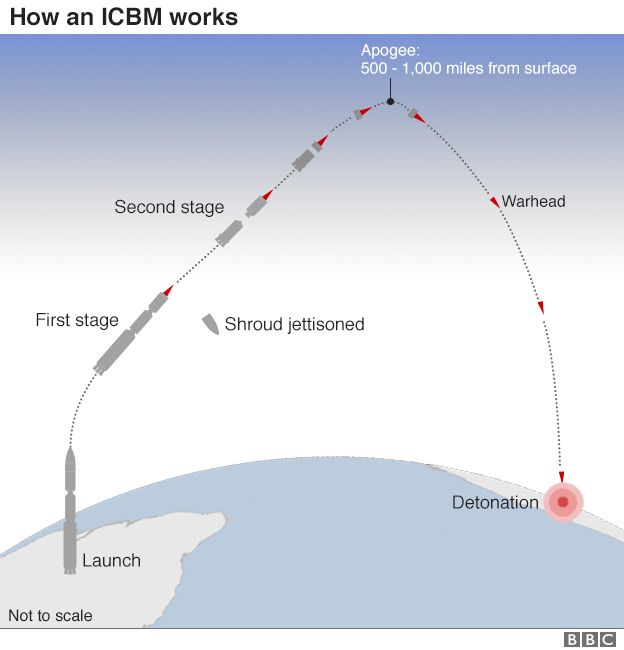
North Korea tested a new type of long-range ICBM which it claims can carry a warhead and reaches further than previous ones. Credit: BBC
Experts said the altitude reached by the missile tested on Sunday meant it was launched at a high trajectory, which would limit the lateral distance it traveled. But if it was fired at a standard trajectory, it would have a range of at least 4,000 km (2,500 miles), they said.
“It is definitely concerning,” said Jonathan McDowell of the Harvard Smithsonian Center for Astrophysics, referring to the estimated altitude of more than 2,000 km (1,240 miles)
Kim Dong-yub of Kyungnam University’s Institute of Far Eastern Studies in Seoul said he estimated a standard trajectory would give it a range of 6,000 km (3,700 miles).
For a graphic illustration on North Korea’s nuclear program, click here.
REUTERS
All edits are Copyright © 2017 Manyika Review. All Rights Reserved.

